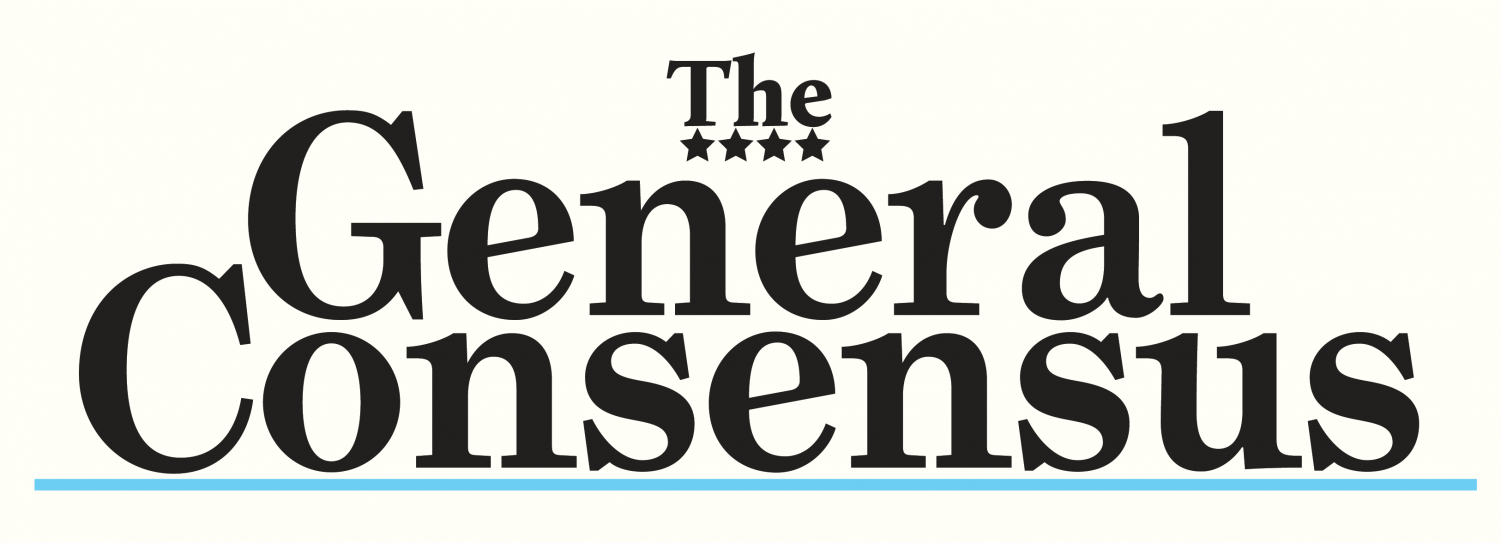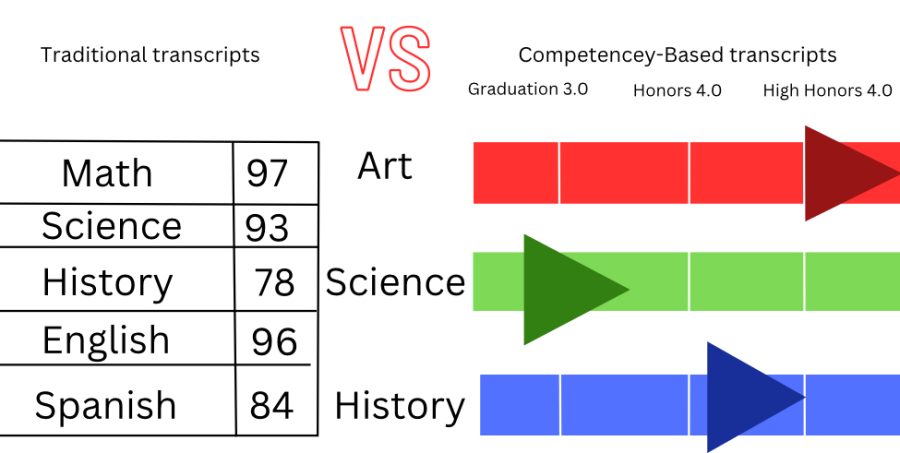Competency Based Transcripts May Be the Way of the Future
Schools begin to discuss the future of Competency Based Transcripts.
In the real world college applications are becoming more competitive than ever, as each year millions of students compete to get into their favorite colleges. This has prompted many New England High Schools to start reimaging college transcripts by taking a look into competency-based transcripts and what they have to offer.
A competency-based transcript provides colleges with information on the High School student’s overall knowledge based on what they learned in grades K-12. It also shows what the student has gained from their educational journey upon graduation, and not solely what grade the student received in the classroom. Competency-based transcripts do not include the courses the student took or the grades that they could earn.
In SmartScript: A model competency-based transcript, Dan Kellogg, UW-Extension Registrar, says that “On a traditional transcript, you’d just see course title and number, credits, and letter grade,” He then goes on to say “With the SmartScript, we’re also providing a record of the competencies built into the degree.”
Many wonder whether colleges treat both competency-based and traditional transcripts equally.
Susan Patrick and Natalie Truong, the authors of What’s Happening with Competency-Based Transcripts and Rethinking College Admission in the United States report that,“competency-based transcripts are just fine and often preferred. Colleges and universities receive a variety of transcripts from alternative education programs, as well as from schools around the world, and they are accustomed to evaluating them when making admissions decisions.”
Kellogg adds that “Ultimately, this record will allow users to customize a display and drill down, and verify the credentials and the learning outcomes. Beyond just listing course titles and delivering terse information in a chronological format, they’ll help the student tell the story of their education.”
Like the traditional transcript, there are a few positives and negatives of competency-based assessment. One example of a negative is that there is no standard scale to measure the student’s level of understanding of the subject. This means that in each class the student will either receive a pass or fail with a subjective description of their level of understanding.
A second potential challenge, according to Paul Fain, the author of Competency Based Transcripts, is “its focus on industrial-style efficiencies will shortchange lower-income students.” This could end up widening the gap between high and low-income households.
Additionally, Fain says there may be difficulties in “ensuring that students get credit for their work if they transfer out before earning a credential.” Additionally, “graduate students may face hurdles if they try to move on to graduate programs at other institutions.”
Some advantages of competency-based transcripts include how they relate to future potential employers, who have difficulty connecting traditional transcripts with a future employee’s skills.
In, Competency-Based Transcripts by Paul Fain, Carol Geary Schneider, president of the Association of American Colleges and Universities says, “Our employer studies show that employers basically find the transcript useless in evaluating job candidates. Higher education definitely needs to start fresh with a redesign of its public descriptions of student accomplishments.”
If one decides to use Competency-Based transcripts, it may positively impact the way in which employers assess students’ skills but also create challenges when attempting to transfer credentials across schools and potentially widen the gap between high and love income students. It could be the way of the future, but as the world changes, so too does academics and the way in which skills are assessed.
Reece Fabrizio is a Freshman at the Hamilton Wenham High School. She has always enjoyed writing and thought joining Journalism would be a great opportunity....









